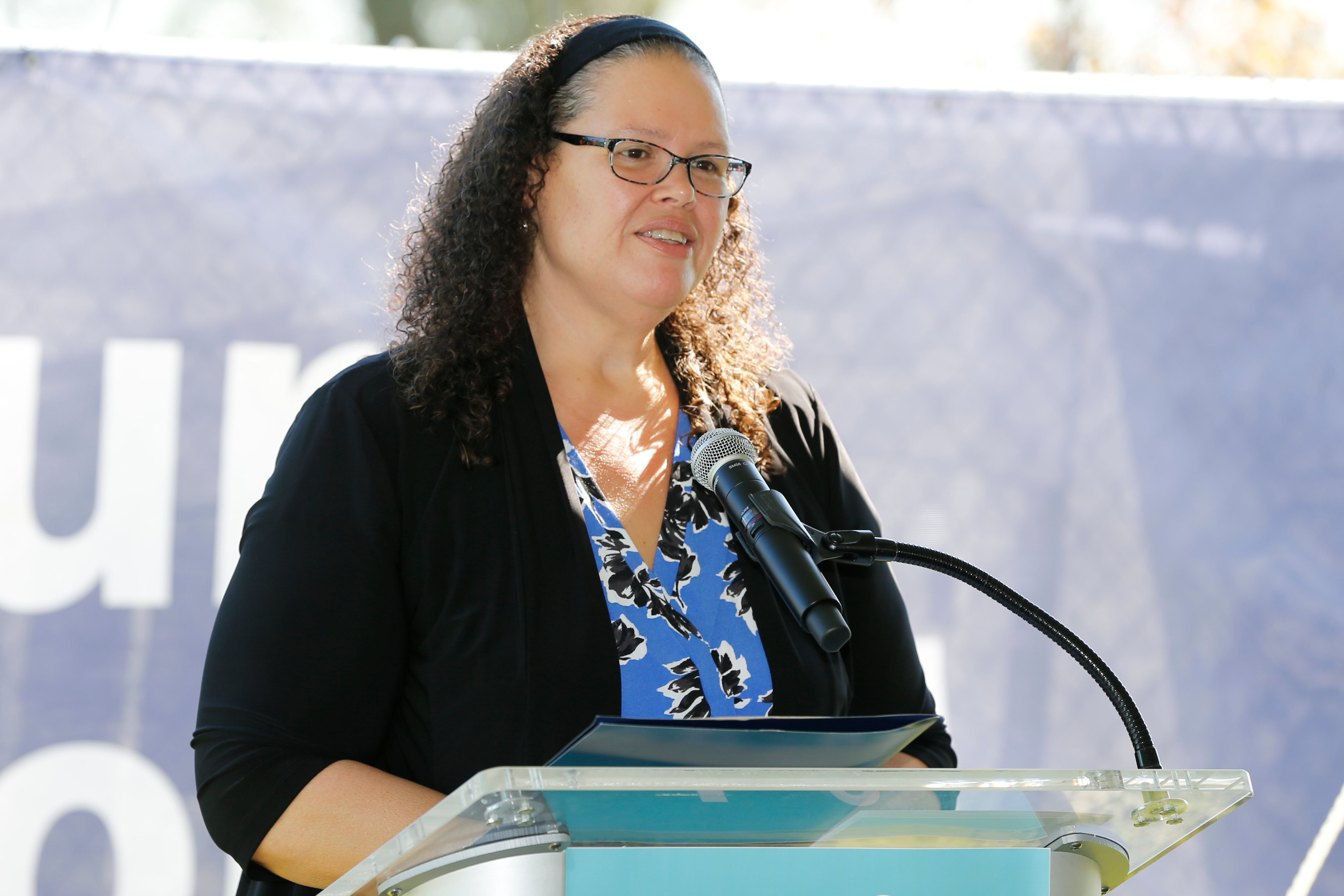Ohio takes big step by sending body cams to all its prisons
The Ohio prison system says it will deploy more than 5,000 body cameras by May in all state prisons and adult parole authority offices

Your support helps us to tell the story
From reproductive rights to climate change to Big Tech, The Independent is on the ground when the story is developing. Whether it's investigating the financials of Elon Musk's pro-Trump PAC or producing our latest documentary, 'The A Word', which shines a light on the American women fighting for reproductive rights, we know how important it is to parse out the facts from the messaging.
At such a critical moment in US history, we need reporters on the ground. Your donation allows us to keep sending journalists to speak to both sides of the story.
The Independent is trusted by Americans across the entire political spectrum. And unlike many other quality news outlets, we choose not to lock Americans out of our reporting and analysis with paywalls. We believe quality journalism should be available to everyone, paid for by those who can afford it.
Your support makes all the difference.Ohio will deploy more than 5,000 body cameras in all 28 prisons and its adult parole authority offices by May, the state corrections agency director said Thursday.
The agency signed a five-year contract with Scottsdale, Arizona-based Axon for the cameras worth $6.9 million the first year and just over $3 million annually in the future, a cost that covers the cameras and remote storage of footage.
Ohio is the first state to deploy body-worn cameras systemwide in its prisons, and its program is the largest of any corrections department globally, Zachary Austin, director of the company’s corrections division, said in a statement.
The agency is “at the forefront of public safety technology,” Austin said.
The cameras will complement about 6,000 stationary cameras already in Ohio prisons. They are not an end-all solution to violence in prisons but another tool to protect guards and inmates, said Annette Chambers-Smith, director of the Department of Rehabilitation and Correction.
“This is just one piece in an overarching plan to have our prisons be as safe as possible for the people that live and work in them,” she said.
She added: “The camera is the perfect witness, it’s unbiased. And we will have a lot more information than we’ve had in the past.”
With the rollout, Ohio joins a growing number of state prison systems outfitting guards with body cameras, even in environments already covered by thousands of stationary security cameras.
The agency outfitted about 550 supervisors in all Ohio prisons with the cameras by the end of last month and will now begin deploying another 4,500 statewide, starting with the Ohio State Penitentiary, the state’s supermax prison in Youngstown In some cases electrical work must be completed first, Chambers-Smith said.
In general, it’s up to guards when to activate the cameras, although there will be some automatic triggers, such as guards pulling out pepper spray cannisters or parole officers pulling their guns. Officers in a control room may also be able to automatically deploy the cameras, Chambers-Smith said.
The cameras will include a “lookback” function that will provide full audio and video footage 90 seconds before a camera is activated. Individual cameras will also store up to 18 hours of video without sound that can be reviewed, Chambers-Smith said.
The union for Ohio prison guards had questioned the need for the cameras, saying money would be better spent on more staff. Chambers-Smith said that purchasing the camera system is separate from an ongoing initiative to hire more guards, but that the pandemic-related worker shortage has made that difficult.
A pilot program last year saw decreases in overtime, prison violence and use of force by guards — things the agency attributes to the cameras.
The Ohio agency started examining the issue after a California judge ordered body cameras for guards at a state prison in San Diego following allegations of abuse of prisoners with disabilities. California later expanded the cameras to five other prisons.
In November, the state agreed to pay $17.5 million to settle a lawsuit brought by an Ohio inmate paralyzed during a takedown by prison guards at Chillicothe Correctional Institution. Last January, an inmate died during a scuffle with guards the Correctional Reception Center in Orient.
The body camera plan was already in the works before those episodes, but they underscored the importance of deploying them, Chambers-Smith said.
Florida, Georgia, New York, Virginia and Wisconsin are among other states that have tested or implemented body cameras in prisons in some form.